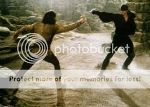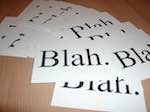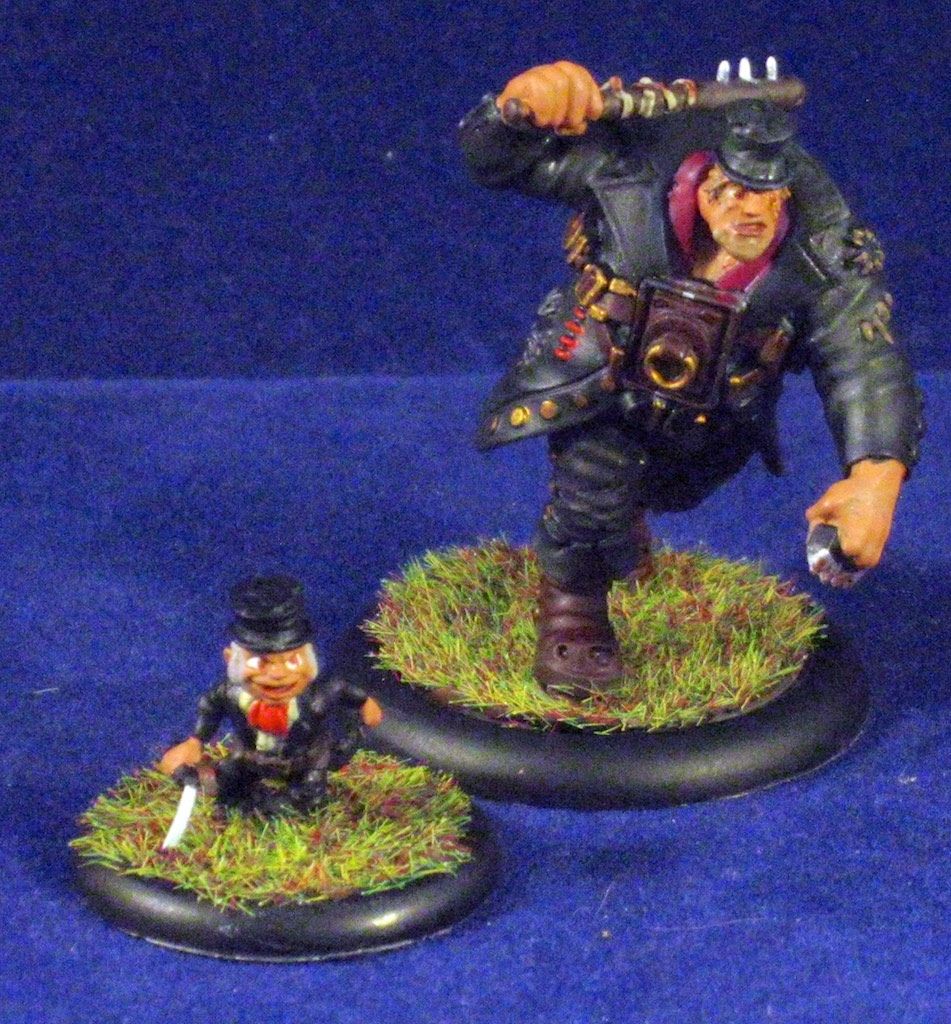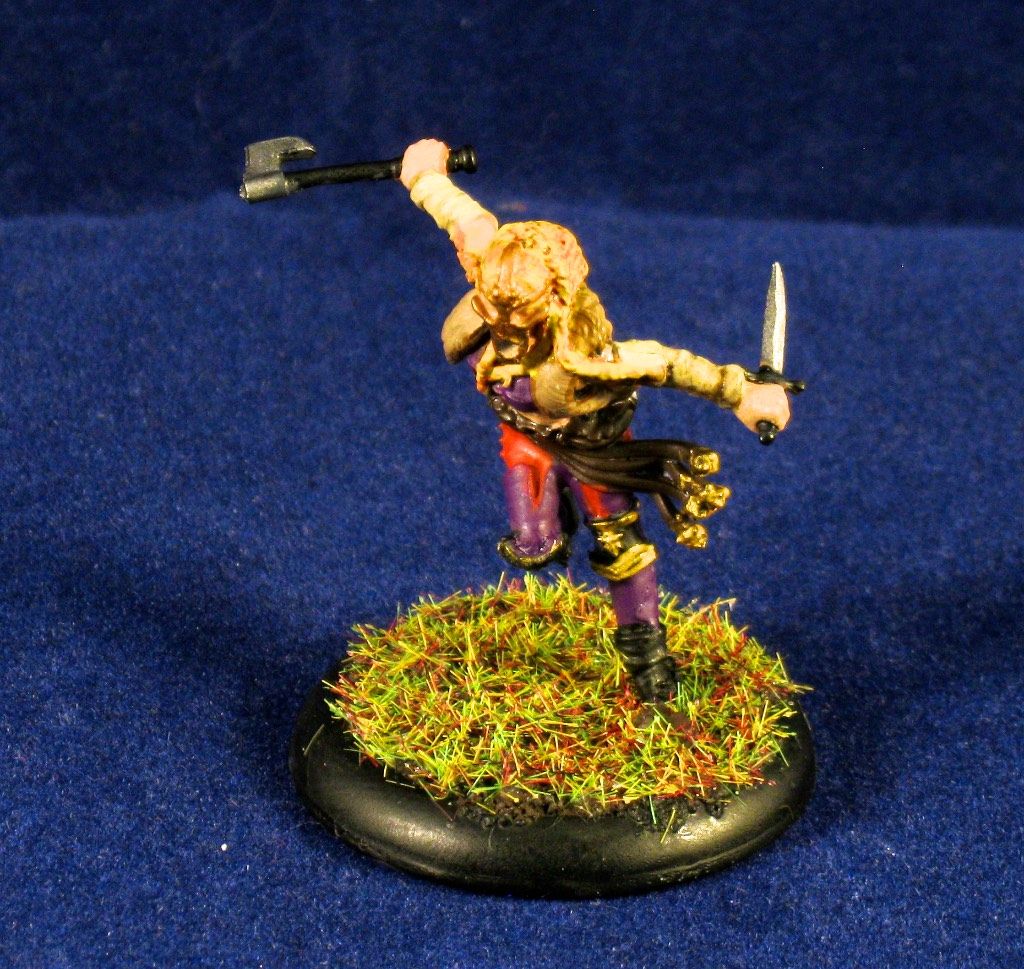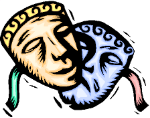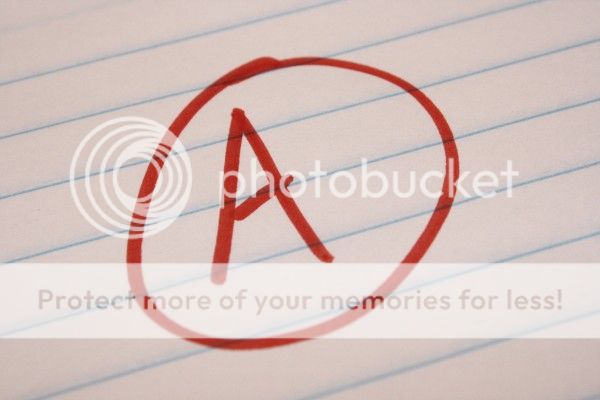Several months ago near the beginning of the year I wrote an article talking about the
Season 1 Guild Plots. I broke down each of the plots into categories, analyzed each one, shared my opinions on the best and not-best uses, then ranked them. Although it was not my most viewed Guild Ball post it was a fairly popular one.
Season 2 is not strongly underway and we have a new set of 12 Guild Plots to pick from. The new plot cards have shifted in a couple ways from Season 1 and the focus is different. They fulfill the same role, but with an arguably less and definitely different impact to the game. It's time to jump in and take a look at what we have and share my opinions on the best and worst to choose.
Season 2 Guild Plot Overview
I recommended that the Season 1 plot cards be added to the game once a new player has 3-4 games of experience and I continue to believe this is the best time to add them. Complicating the game for new players is not necessary or encouraged, and Guild Plots add both complexity and new tactical choices.
We see a design shift in the season 2 plot cards nearly removing two common aspects we saw in during Season 1. First is the dodging and extra movement we saw with cards such as "
Don't Touch the Hair" and "
Knee Slider". We also see a near removal of the recovery style cards with the exception of
"Husbandry", which is adjusted to return a Mascot but only at 1 health box. The Season 2 cards have shifted focus toward bonus's when played in response to opponent actions instead of on-table direct reactions such as movement or extra healing.
Another design decision was made to create cards with little or no way to counter what they do. Few of the Season 2 plot cards are triggered by actions that can be avoided in a successful game. There are also few (only 1) cards which can be countered by increased range models bring the target of the card. Overall there is very little that can be done in Season 2 to mitigate the use of a plot card.
The season 2 Guild Plots can be roughly split into three categories plus Husbandry:
- Momentum: Immediate Response, Get it Back, Home Crowd
- "Free" abilities: Too Flash, Steamroller, Nuts!, One Touch Football, Tracking Back
- Bonus: Give as Good as You Get!, Damage Sponge, Tap In
- Other: Husbandry
Of these there are only 2 plot cards which are truly "offensively" focuses and 2 which are "defensively" focused, using the categories from my original article. It appears that the game designers wanted to reign in some of the direct impact the plot cards had on the game, making them less "active" overall and more of a lesser "buff" to the team holding the card.
Momentum Guild Plots
Immediate Response - Immediate Response is a universally good plot card, on that is among my default picks when I have the choice. This gives the player 2 momentum points in response to an opponent taking-out a friendly model or scoring a goal. The dual nature (take-outs and goals) of this card combined with gaining 2 momentum is very strong.
In the event this is not in your hand you should assume it's one that your opponent has chosen. That said, unlike the Season 1 plot cards, there is nothing you can do to counter this. Be aware that at some point your opponent could make a 2 MP jump in response to you earning VP and move on with your game. I do not recommend factoring this heavily into any plans aside from awareness.
Selection Priority: Tier 0 - always choose
Get It Back - This plot card requires your opponent successfully tackle the ball from one of your players, at which point you can gain a (1) momentum point. Due to the requirement of a successful tackle and the timing for counter-attacks, this plot card will not do as described and help you regain possession of the ball. It will give you a boost in your momentum pool for future actions during the turn. If your playing against a team with heavy tackle abilities such as Fishermen, Alchemists, team builds featuring Mist or Snakeskin, or footballing Masons or Brewers this is a good card to take. Considering there is no requirement for the Tackle to be a "playbook tackle", this card works vs "
Balls Gone" and similar character plays.
This is another card where the only response is awareness. It should not influence your plans for tackling the ball from your opponent, and will not directly respond to that Tackle.
Selection Priority: Tier 2 - I often choose this card when its available
Home Crowd - Home Crowd is a must take card when it shows up as a choice in your Guild Plot selection. This card grants the player who loses initiative 1 momentum point at the end of the Maintenance Phase. One key consideration is that this is granted upon losing an initiative roll, so cannot be used on the first turn when losing the kick-off roll. Aside from turn 1, this changes the dynamics of losing the initiative roll by granting an immediate counter-attack opportunity or an early turn goal-threat without the need to generate the momentum elsewhere.
Sticking with the theme of the Season 2 plot cards, there is nothing you can do to counter this. You should assume that if it was not in your selection then your opponent has chosen this card. Keep a watch for oddly placed goal-threat models holding the ball at the start of a turn. A goal-threat holding the ball without a direct path to generate momentum then score is typically a sign that you're opponent is waiting to play this card. Aside from that, be aware that getting initiative during a turn may not make you immune to counter-attacks for an activation, possibly shifting your plans for the first activation.
Selection Priority: Tier 0 - always choose
"Free Abilities" Guild Plots
Too Flash - This is a plot card that you will choose more often based on the skill of your opponent. Too Flash becomes incredibly powerful in the event your opponent uses Teamwork momentous actions, and less so if your opponent doesn't. Teamwork actions are "
Give 'n' Go", "
Pass 'n' Move", and "
Snap Shot". On "
Give 'n' Go" and "
Pass 'n' Move", the model that makes the dodge will be the model receiving the Too Flash token. On "
Snap Shot" it will be the model making the shot on goal. Once the "
Too Flash" token is on a player it can be used by other friendly models to reduce a Charge by 2 influence, making it cost (0). This means that Fear and other abilities that increase the cost of Charges will still do so. This "free" charge can be very powerful regardless of the type of team (Goal scoring or Take Out) your playing.
Be aware that Too Flash could be in your opponents hand if it was not one of your choices. Using the Teamwork action on a model with "
Unpredictable Movement" or a high defense is typically the best choice in countering this card. Be aware of your opponent holding onto a card if you're not using many teamwork actions, that's a sure sign they chose this plot and are waiting for the best target to put it onto.
The section priority for this plot is going to be completely dependent on your opponents skill level in the game. The greater the skill of your opponent the more often they will use teamwork plays to position their players. Don't jump at the first opportunity to use this plot card, instead carefully target the players you will benefit the most from having a free charge against.
Selection Priority: Tier 1 - when playing a more experienced player or in a tournament
Tier 3 - when playing a less experience player
Steamroller- This plot grants a single use of "
Anatomical Precision" or "
Forceful Blow" to a charging model after the charge is declared. These abilities are both strong on any model that's charging. "
Anatomical Precision" will remove 1 armor during the attack, increasing the number of hits when you're typically rolling the greatest number of dice. "
Forceful Blow" will add an additional 2 points of damage to a charge attack (when damage is already dealt) along with pushing the target up to 2 inches directly away. Both of these abilities are very strong and being able to choose between the two on declaring the charge is ideal. It's particularly useful to remember this when charging with a 2-inch reach model, as a 1-inch reach target can be pushed out of their range, stopping the counterattack.
Selection Priority: Tier 1 - one of the best plot cards to choose regardless of play style
Nuts! - This plot card is triggered by an enemy model declaring a parting blow, and grants the friendly model targeted Close Control for the remainder of the turn.I'm not often finding a large use for this card, although it appears on first read to be an amazing choice. In one situation where a model is holding the ball and has activated to move toward a pass or goal,
"Close Control" is a fantastic ability. The challenge here is that these models will typically have some type of dodge or other ability to disengage from combat without suffering the parting blow in the first place. They are also typically models that are lower in health and do not want to suffer damage in lieu of just dodging out of combat. Another situation where this card may be amazing is a model that does not have the ball but you want to hold the ball later in the turn. In this case they will disengage and suffer the parting blow during their activation, play this card, then sit in an ideal place to hold the ball for the rest of the turn. Later in the turn another model will pass the ball to this model to park it there. The problem with this plan is the set-up involved and the limited time (until the end of the turn) that "
Close Control" will be in effect.
Selection Priority: Tier 3 - Ok to play around with, possibly good with a specific plan.
One Touch Football - This is a really good plot card on any team with at least 2 good ball-passing models included in the line-up. This plot card allows for a ball carrier to pass the ball to a model, play this card, and generate an immediate free pass to move the ball again. The trick is that the receiving model cannot use a Teamwork action such as "
Pass 'n' Move" or "
Snap Shot". However, this does not stop the kicking model from using "Give 'n' Go" to dodge 4 inches after the kick, nor the
second receiving model from using "
Pass 'n' Move" or "
Snap Shot". There are so many uses to this plot it would make a great short article on it's own.
Selection Priority: Tier 2 - really good card when you have at least 2 reliable kicking models
Tracking Back - This plot card grants "Goal Defense" for the remainder of the turn to a friendly model who ends their movement within 4 inches of the friendly goal. The prevalence of Avarisse & Greede being played at tournaments creates numerous opportunities to use this card. The real question becomes if it's better than any of the higher ranked cards available. It's a good card to take against goal-scoring teams such as Fishermen, Alchemists, and certain Masons Builds. It's particularly effective when facing a goal-scoring focused Morticians team, considering their limited kick dice.
Selection Priority: Tier 2 - better when facing a goal-scoring team
Bonus Guild Plots
Give as Good as You Get - On declaring a counter-attack you can play this plot card to add +2 to your TAC for the duration of that attack. This gives a nice boost to your counter-attacking model as long as you're able to complete the counter-attack. The key is to think about how often your actually declaring a counter-attack and successfully delivering on that declaration. How often are your opponents knocking you down (lots when facing Butchers) or dodging away (Fishermen, Hunters, Alchemists) from the attack. This card is more powerful the less often your opponent actively tries to mitigate the opportunities for counter-attacks.
Selection Priority: Tier 3 - good card but very dependent on the skill of your opponent.
Damage Sponge - This plot cards allows you to add +1 Def when an enemy declares an attack against one of your friendly models. This does not work when targeted by a charge (the opponent declared a charge, not an attack), or a Parting Blow (same theory, declared a parting blow), or a Counter Attack. There are very few games when your opponent will not be attacking you at some point, and that makes this a top tier card choice.
Selection Priority: Tier 1 - almost always choose
Tap In - Tap In is a great plot card which is useful for every team and almost always a good choice. Tap In suffers from comparison to other cards and while an excellent card on its own, it often is just not as strong as others. It's going to add a bonus (-1 TN on goal shot) when you're close to the opponents goal, but the question becomes is that a better choice than other cards. This would have been a stronger rated card in Season 1, but in the Season 2 selection it's fairly average overall.
Selection Priority: Tier 2 - Good card, but situational and tough against the competition of other good Season 2 cards.
Other Guild Plot
Husbandry - This plot card was one that stuck out to me as an amazing card when I first looked at the Season 2 plot cards. I played it in my first couple games and each game I became less enamored with it. Overall it's the only card that is just not great in the season 2 plot cards. This plot card allows you to bring back a Mascot to the game after they've been taken out. This is amazing, until you dig into the remaining conditions. The Mascot returns to play on 1 Health and still awards victory points for a subsequent take-out. This card requires the immediate use of an activation and 1 or 2 momentum to heal up the mascot in order to not immediately award additional easy VP to your opponent. Some Mascots are very good in the game, but rarely are they useful enough to bring back with Husbandry. Had this brought back a Mascot at half health or even 4 health it would have been an amazing card, and a much higher priority and harder choice.
Selection Priority: Tier 4 - no matter what your plan is (i.e. loved creature) it's not worth it
Final Standings
There's my thoughts on the Season 2 plot cards. As before, my ratings start at Tier 0 rating for an always
choose to a Tier 4 rating, with the lower rating being more desirable.
As a quick summary, here is how the ratings came out:
- Tier 0 - Immediate Response, Home Crowd
- Tier 1 - Too Flash*, Steamroller, Damage Sponge
- Tier 2 - Get it Back, Tracking Back, One Touch Football, Tap In
- Tier 3 - Too Flash*, Nuts!, Give as Good as You Get,
- Tier 4 - Husbandry
We see a more balanced distribution of cards, and the 2 Must Take Tier 0 cards are not as game disrupting as "Don't Touch the Hair" is.

